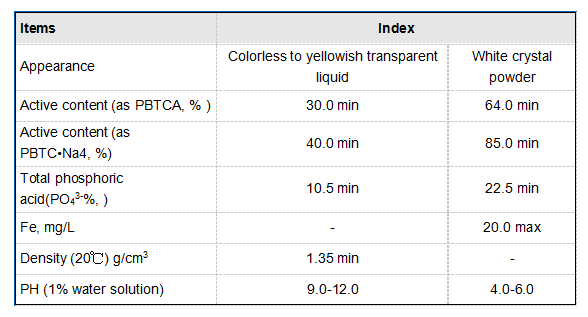polyacrylamide polymer
Understanding Polyacrylamide Polymer Applications and Benefits
Polyacrylamide, a synthetic polymer derived from acrylamide monomers, has gained significant attention in various industrial and environmental applications due to its unique properties. As a water-soluble polymer, polyacrylamide exhibits excellent flocculation, binding, and thickening capabilities, which make it a versatile material in several sectors, including water treatment, agriculture, and oil recovery.
Understanding Polyacrylamide Polymer Applications and Benefits
In the agricultural sector, polyacrylamide has garnered interest for its ability to enhance soil properties and moisture retention. When used as a soil conditioner, it helps improve the physical structure of the soil, promoting better water infiltration and reducing erosion. This is especially beneficial in arid and semi-arid regions, where water scarcity is a significant challenge. Polyacrylamide can also assist in reducing the leaching of fertilizers and pesticides, thereby minimizing environmental contamination and promoting sustainable farming practices.
polyacrylamide polymer

Furthermore, polyacrylamide is widely used in enhanced oil recovery (EOR) techniques. In this application, the polymer is injected into oil reservoirs to improve the efficiency of oil extraction. By increasing the viscosity of the water used in the recovery process, polyacrylamide helps to push more oil toward production wells, thereby maximizing yield. The use of polyacrylamide in EOR not only enhances productivity but also contributes to more sustainable oil extraction methods by reducing the dependency on more invasive techniques.
Another remarkable feature of polyacrylamide is its ability to form hydrogels. These hydrogels can absorb and retain large volumes of water, making them useful in various applications such as agriculture, personal care products, and medical devices. In agriculture, superabsorbent hydrogels can be used to improve soil moisture retention, reducing the need for frequent irrigation and ensuring that plants have access to water, even during dry spells.
Despite its many advantages, the use of polyacrylamide has raised concerns regarding its environmental impact, especially because acrylamide is classified as a potential carcinogen. Consequently, the industry has been actively researching safer formulations and ensuring that polyacrylamide used in various applications meets stringent safety standards. Advances in polymer technology have led to the development of non-toxic, biodegradable alternatives, which promise to minimize any adverse effects on human health and the environment.
In conclusion, polyacrylamide is a versatile polymer with significant applications across multiple sectors, primarily in water treatment, agriculture, and oil recovery. Its unique properties allow it to improve efficiency and sustainability in these processes. However, it is essential to continue monitoring and researching its environmental impact to ensure that the benefits of polyacrylamide are maximized while mitigating any potential risks. With ongoing innovation in polymer science, polyacrylamide and its derivatives hold great promise for the future.
-
Water Treatment with Flocculant Water TreatmentNewsJun.12,2025
-
Polymaleic AnhydrideNewsJun.12,2025
-
Polyaspartic AcidNewsJun.12,2025
-
Enhance Industrial Processes with IsothiazolinonesNewsJun.12,2025
-
Enhance Industrial Processes with PBTCA SolutionsNewsJun.12,2025
-
Dodecyldimethylbenzylammonium Chloride SolutionsNewsJun.12,2025





